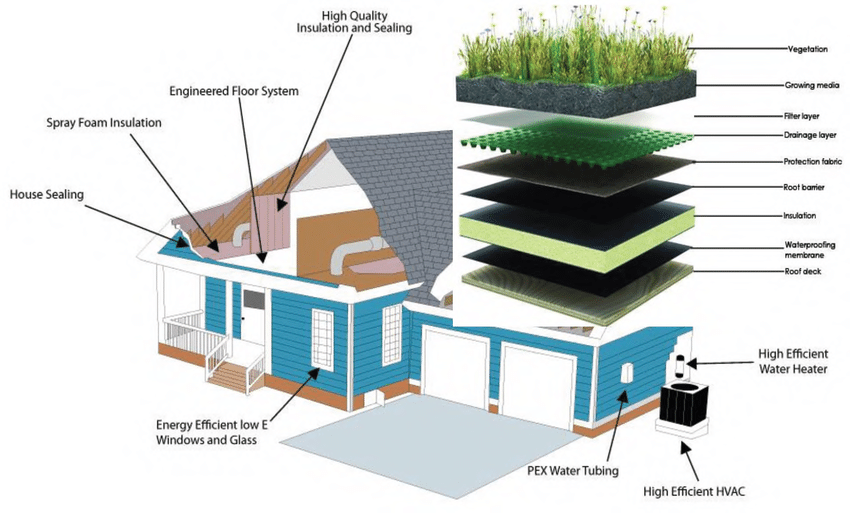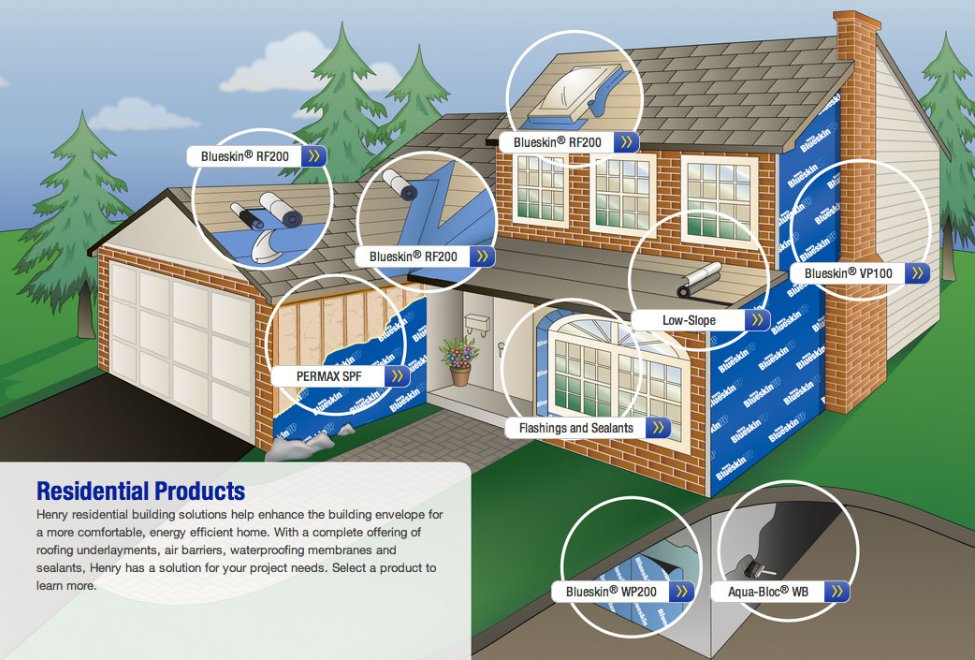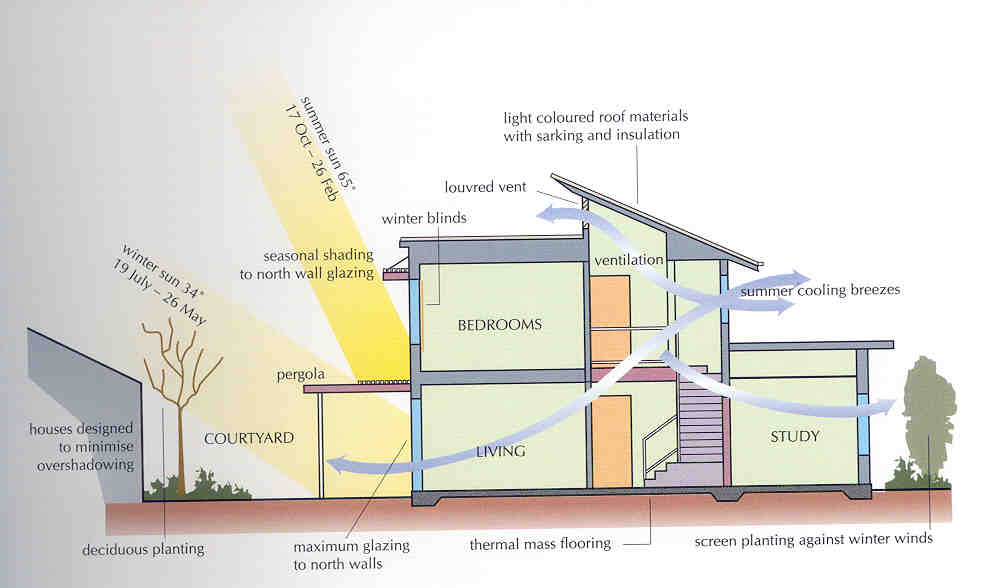Why is Building Envelope Important for Energy Efficiency?
The building envelope is the barrier between the interior and exterior environments of a structure. A high-performance envelope not only ensures a comfortable occupant experience but also significantly impacts a building’s energy consumption. An efficient building envelope design is key to unlocking the full potential of energy savings.

Section 1: Building Envelope Components and Their Role
A. Understanding the Components of the Building Envelope The building envelope includes the roof, walls, and foundation. These components work together to control air leakage, thermal energy transfer, and ventilation, ultimately influencing a building’s energy consumption and indoor air quality.
B. Energy-Efficient Building Envelope Technologies Incorporating advanced building envelope technologies, such as spray foam insulation and membrane sealants, can reduce energy loss and improve efficiency. These technologies also enhance building envelope airtightness, decreasing unnecessary energy costs.

Section 2: How Design Influences Energy Consumption
A. The Thermal Aspect of Design Insulation is vital to controlling heat transfer, and the R-value indicates insulation’s effectiveness. A tight building envelope with higher R-values insulates better, minimizing heating and cooling costs.
B. Solar Energy and the Building Envelope The building envelope allows, or restricts, solar energy penetration. Properly designed, it can harness or deflect solar energy, depending on climate and building needs.
Section 3: Advantages of Energy-Efficient Building Envelope Design
A. Benefits Beyond Energy Savings A well-designed building envelope reduces energy consumption and cooling costs, leading to lower maintenance costs for HVAC systems. This, in turn, promotes indoor comfort and reduces the total energy required, cutting down on energy costs.
B. Contribution to Global Energy Conservation An effective building envelope reduces the energy consumed, which can contribute to global energy conservation, especially when renewable energy is also integrated.
Section 4: Compliance, Retrofitting, and the Future
A. Adherence to Building Codes and Performance Standards Building codes often set energy performance standards that a building envelope must meet, ensuring a baseline level of energy efficiency in both commercial and residential structures.
B. Retrofitting Existing Buildings for Efficiency Older buildings with loose building envelopes can be retrofitted with modern envelope technologies to improve energy performance, making them more compatible with current energy efficiency measures.
Conclusion: The Imperative of Building Envelope Design
From the individual building to global energy conservation, the building envelope plays a pivotal role. As the demand for zero-energy buildings rises, mastering building envelope design will be crucial for a sustainable future.




